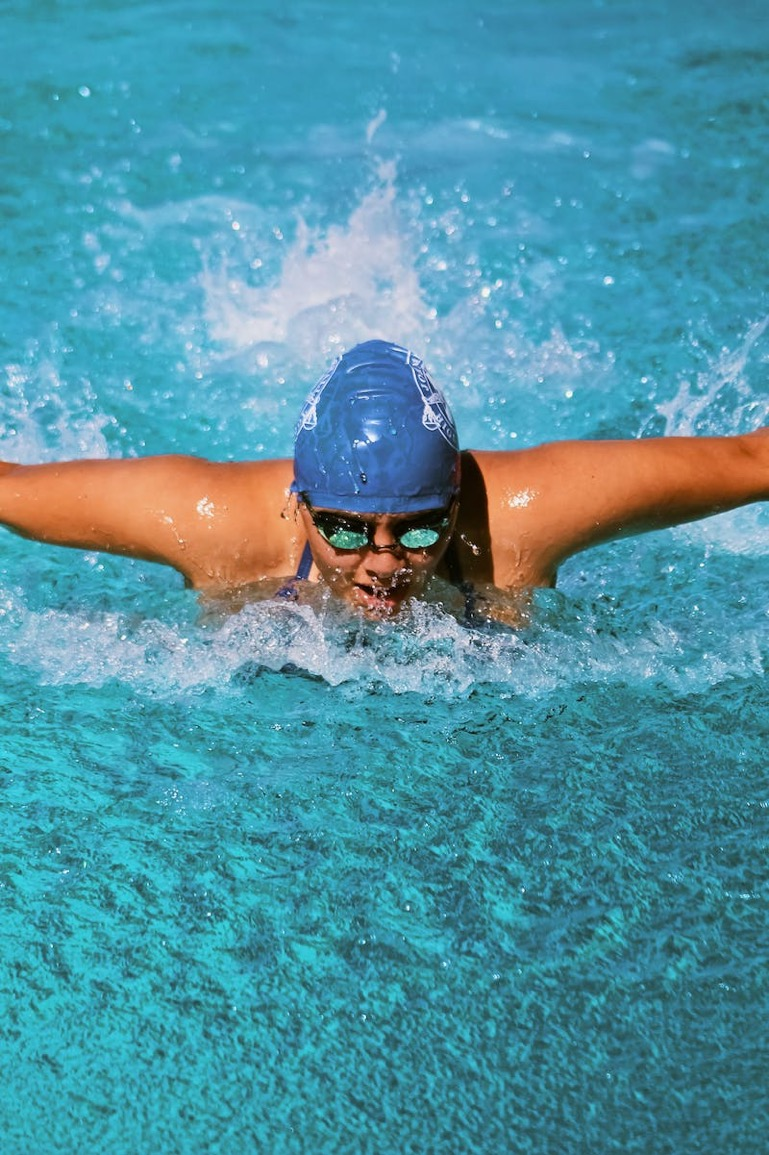
Participation in sports and physical activities brings joy and numerous health benefits. However, it also comes with the inherent risk of injuries on the field. Whether you’re a seasoned athlete or an enthusiastic sports lover, understanding, preventing, and recovering from sports injuries are crucial for a safe and fulfilling sports experience. In this comprehensive guide, we’ll explore the various facets of sports injury recovery, providing insights to support a robust recovery journey.
Sports injuries can range from minor sprains and strains to more severe conditions like fractures and ligament tears. Understanding the common types of sports injuries is essential for both athletes and those who enjoy recreational activities.
Ligament sprains and muscle strains are prevalent in sports. These injuries often occur due to sudden twists, falls, or overexertion.
Bone fractures can result from direct impact or excessive force on a bone. Common in contact sports, fractures require prompt medical attention.
Overuse or sudden force can lead to tendon injuries, such as tendinitis or tendon tears. These injuries often affect the joints and can be debilitating if not addressed early.
Joint dislocations can occur when the bones are forced out of their normal positions. This injury demands immediate medical intervention to prevent long-term damage, as well as professional sports medicine treatment in Spring, TX.
Preventing sports injuries involves a combination of proper training and equipment use and the adoption of a mindful approach to physical activities.
Adequate warm-up and stretching before engaging in sports activities can improve flexibility and reduce the risk of muscle and joint injuries.
Implementing strength and conditioning exercises can enhance overall fitness, promoting resilience against injuries.
Wearing the right protective gear, such as helmets, pads, and proper footwear, is crucial in preventing injuries and minimizing their severity.

Having an effective sports injury recovery plan is essential for a timely return to physical activities.
Adequate rest and immobilization are often necessary to allow the injured tissues to heal. This may involve using crutches, braces, or casts.
Rehabilitation through physical therapy is a key component of sports injury recovery. It focuses on restoring strength, flexibility, and function.
Some injuries may require medical interventions, such as surgery or minimally invasive procedures, to repair damaged tissues.
Rushing the return to sports activities can lead to reinjury. A gradual and supervised approach is crucial for a safe and sustained comeback.
Injuries on the field are an inherent part of sports participation, but with a comprehensive approach to understanding, preventing, and recovering from sports injuries, individuals can enjoy an active and fulfilling lifestyle. Whether you’re an athlete or a sports enthusiast, prioritizing your health and recovery is paramount.
Trust in the physicians at TOPS Surgical Specialty Hospital for quality sports medicine in Spring, TX. On the sports medicine services page, you can scroll down to find the right physician near you and click the link to their website to make an appointment.

Phone: (281) 539-2900
Fax: (281) 715-4525
7 Day a Week 24 Hours a Day
Driving Directions